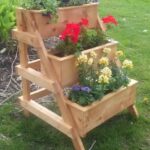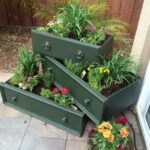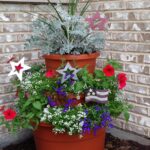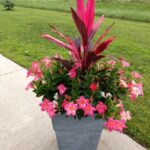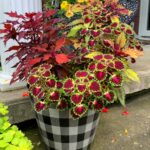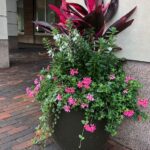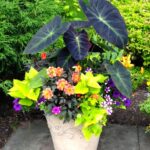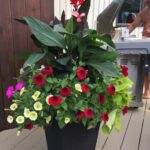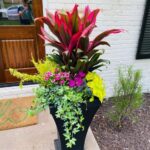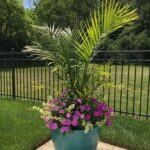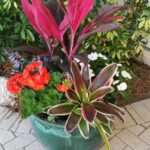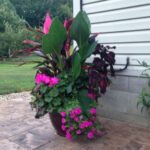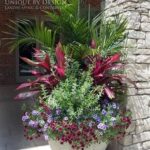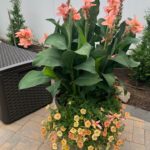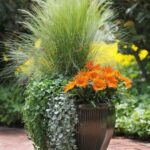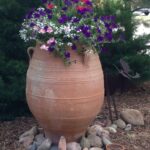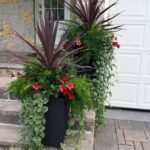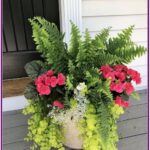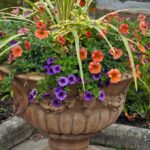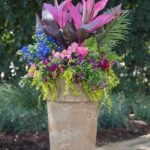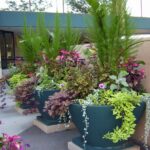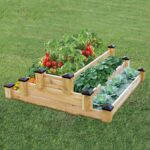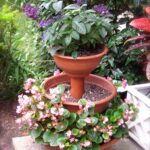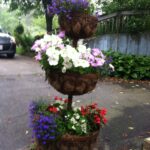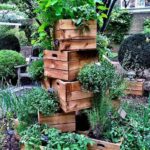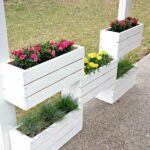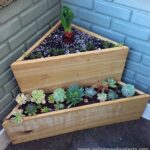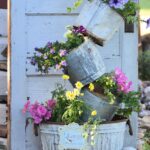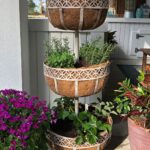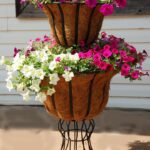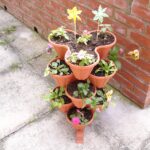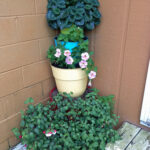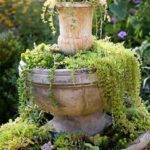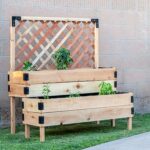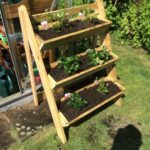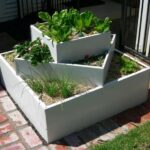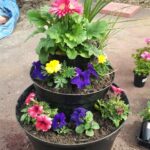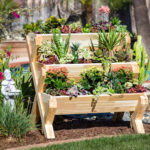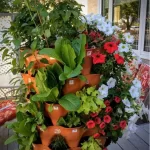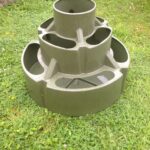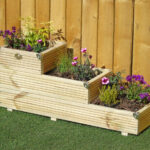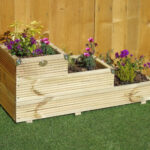When it comes to enhancing your backyard with lush greenery, there are endless possibilities for captivating landscaping. The key to creating a truly remarkable outdoor oasis lies in letting your imagination run wild, rather than adhering to strict rules. While there are no hard and fast guidelines, incorporating houseplants into your landscape does require some careful consideration. By combining the fundamentals of design with your own creative flair, you can seamlessly integrate houseplants into your outdoor haven. To help you on your quest for planting perfection, we present seven essential tips and tricks for showcasing houseplants in tiered planters.
- Embrace the artistry of potted plant arrangements
Though houseplants may not immediately evoke images of sculptures, envisioning them as such can be a valuable approach to determine their compatibility. Imagine if your cluster of potted plants were merged into a cohesive structure—would the design still be visually appealing or appear disjointed? While each plant and arrangement is unique, they should harmonize and flow together seamlessly when arranged as a collective whole.
- Infuse purpose into your planters
By imbuing your planters with purpose, you ensure that they seamlessly integrate into your landscape. Placing potted plants along walkways or staircases is an excellent way to combine functionality and aesthetics. For instance, you can frame your stairs with planters on both sides, while flat paths can be accentuated by creating borders with planters. Parallel rows of potted plants can create an enchanting walkway, allowing for an array of flowers and varying plant sizes. Strive for a patterned arrangement that facilitates a cohesive flow. Stairs, in particular, offer opportunities for greater diversity, as they serve as structural elements that tie everything together.
- Emphasize patterns in your planters
Don’t feel constrained to keeping all your houseplants uniform. Diversity is the essence of distinctive landscape architecture. Container gardening allows for a mix of plants and arrangements, as long as there is an underlying theme or pattern. Without a consistent pattern, your garden may appear haphazard or disjointed. For example, you could have a recurring theme of white roses throughout the garden, interspersed among other plants. Incorporating a unifying floral pattern in your display adds a refreshing touch and allows the eye to appreciate the unique differences without feeling overwhelmed.
- Ensure harmony between potted plants and planters
When we talk about matching, we don’t mean that every plant should be identical. We encourage variations in color and size, but it’s important to select the right pot that complements the specific flower or plant. If a plant appears too small, too large, or too vibrant for its container, the overall aesthetics may be compromised. Additionally, if the predominant colors of a flower clash with the planter’s color, it can detract from the natural beauty.
To achieve harmony between your plants and planters, consider the existing colors in your garden or nearby structures. Use these colors as a foundation and find ways to incorporate them throughout your landscape design. Select planters that not only allow your plants to thrive but also accentuate the colors found in your foliage.
- Prioritize diversity in plant heights and sizes
A garden composed solely of plants at the same height runs the risk of going unnoticed. By showcasing plants at different levels, you invite a closer inspection and create visual interest.
Planters are available in a variety of sizes, ranging from small to large. While large planters may initially seem daunting, be cautious not to limit yourself to only small ones. Oversized planters can make a bold statement and significantly enhance your overall landscape design. Experiment with various heights and sizes to create an engaging visual display.
